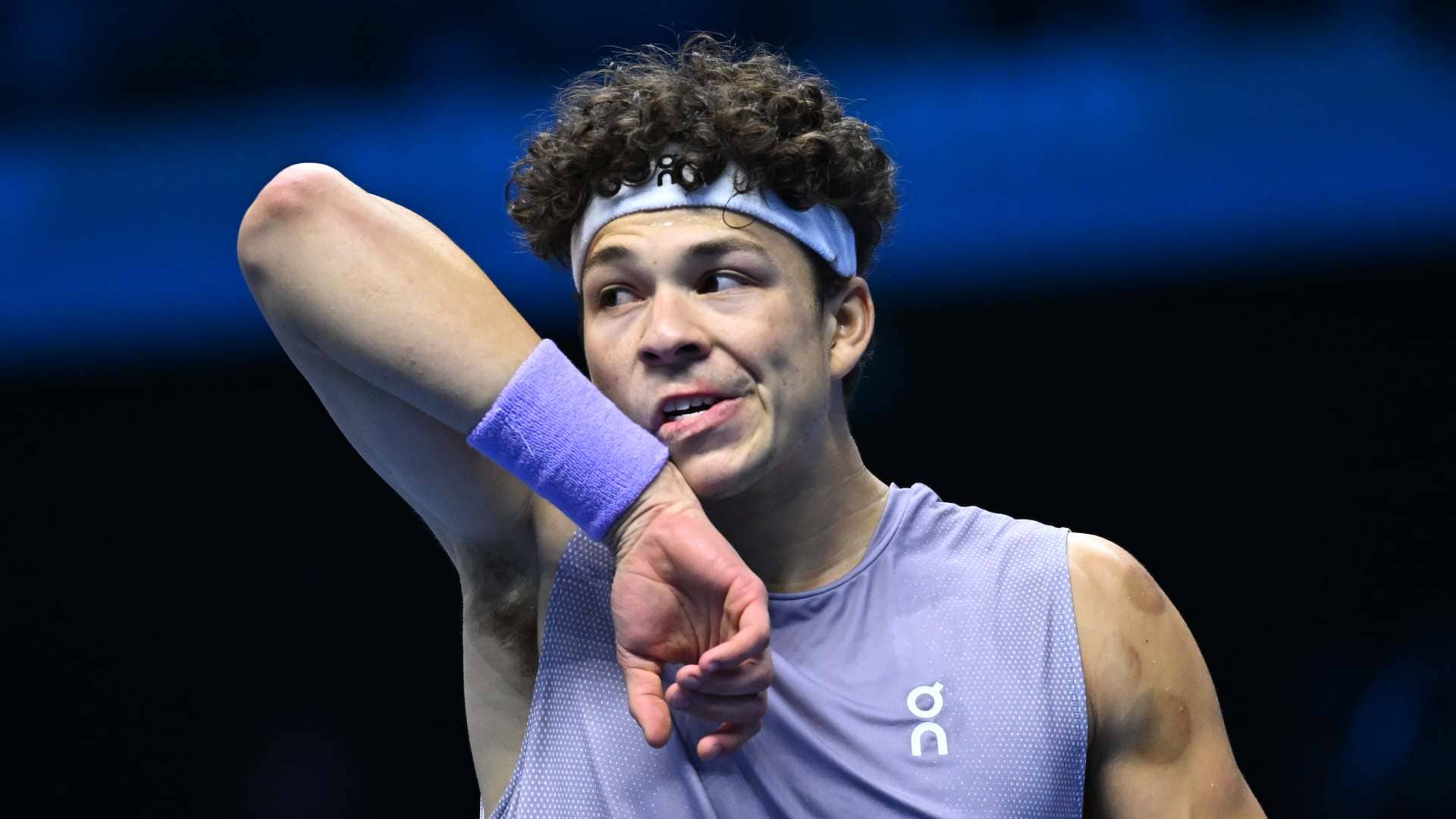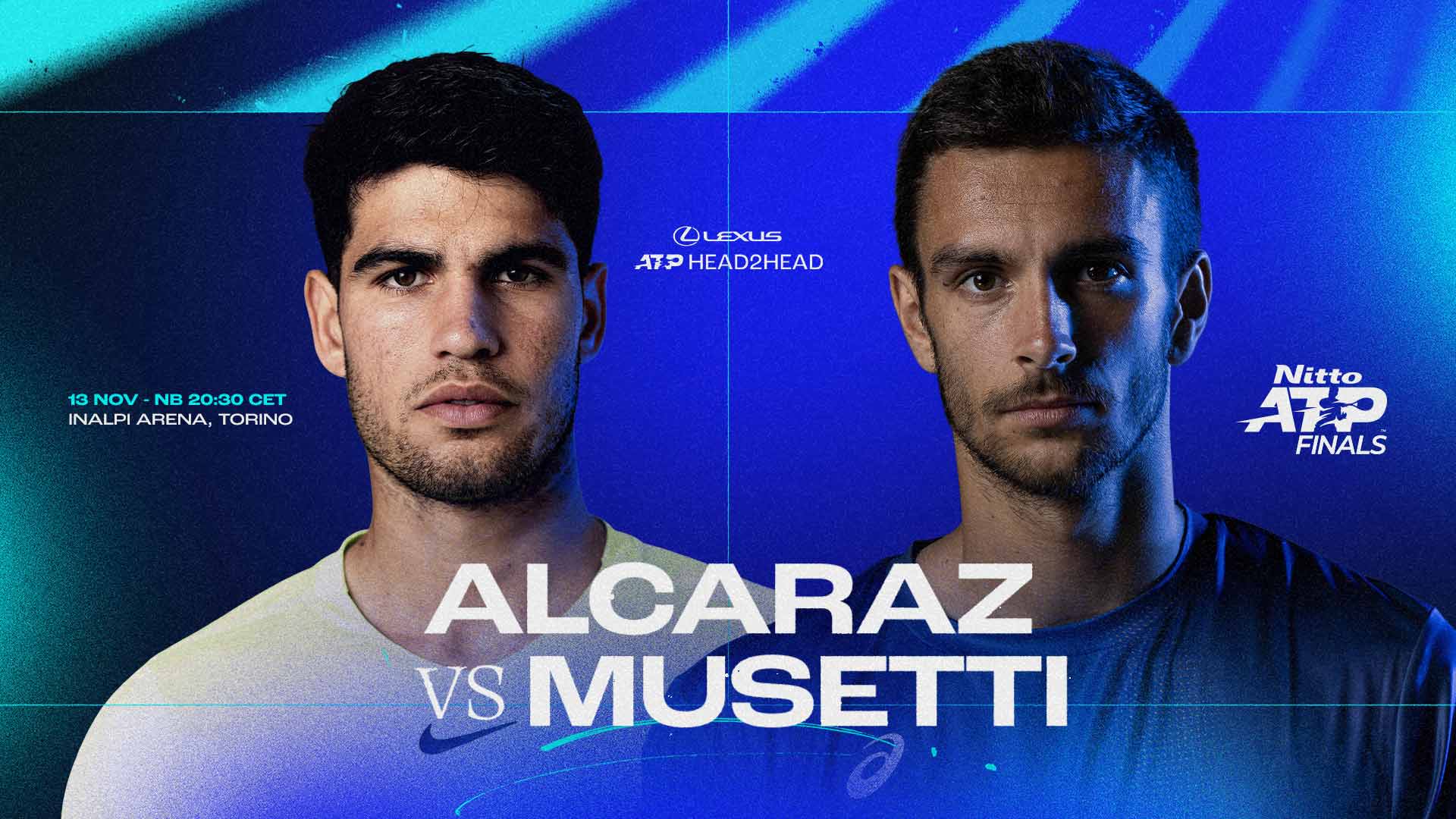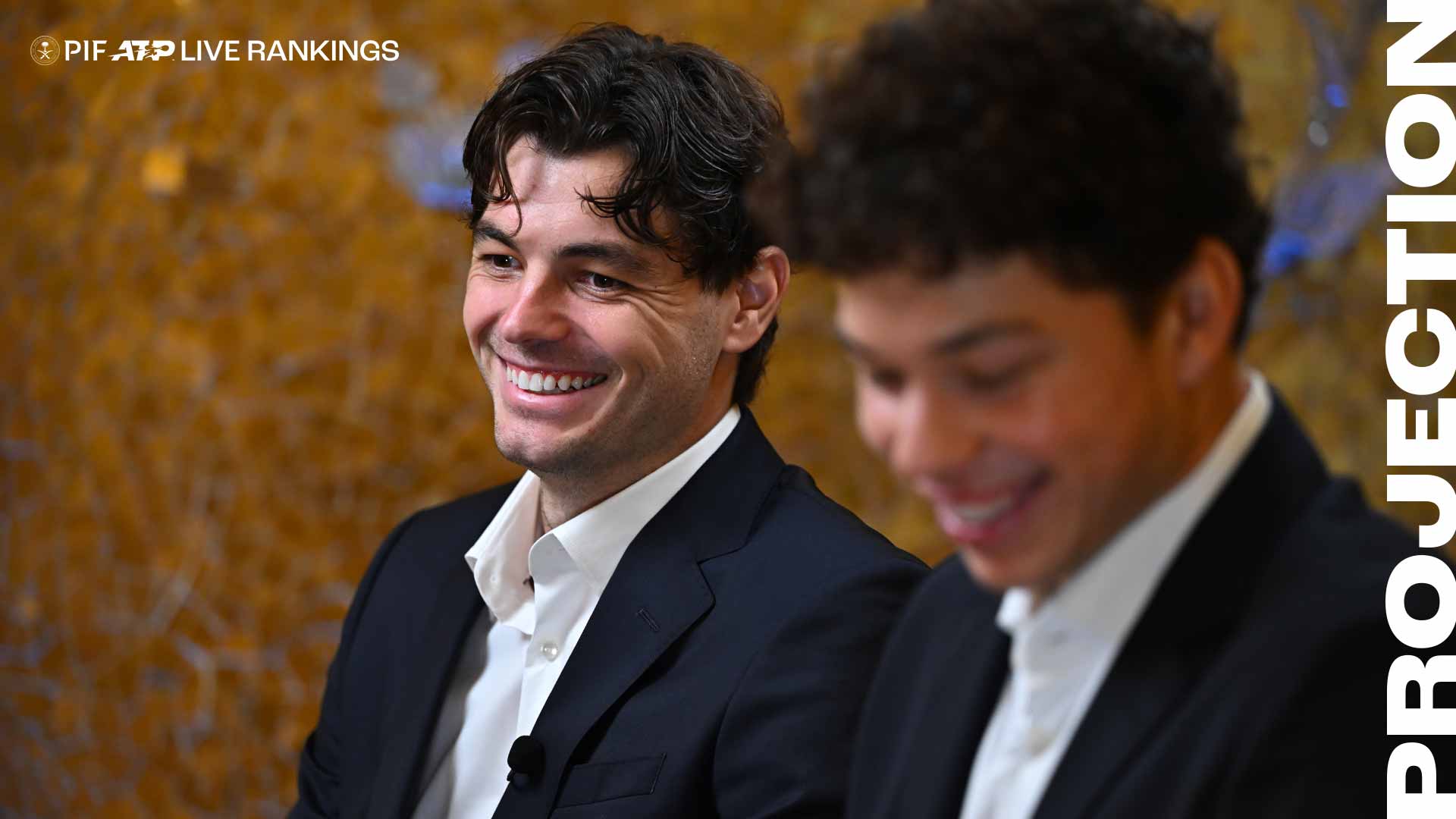Shelton navigates Finals frustration with steady resolve
Amid tight losses in Turin, Ben Shelton's debut at the Nitto ATP Finals tests his mettle, yet his sharp perspective and bold tactics signal untapped potential for the seasons ahead.

Under the intense glare of Turin's Pala Alpitour, Ben Shelton's first steps at the Nitto ATP Finals have carried the weight of high expectations, his left-handed firepower clashing against world-class opponents on the swift indoor hard courts. The 23-year-old American, riding the momentum of a stellar year, now faces an uphill battle after consecutive defeats, including a hard-fought three-setter to Felix Auger-Aliassime on Wednesday. Slipping to 0-2 in the Bjorn Borg Group following an earlier loss to Alexander Zverev, Shelton's semifinal hopes dim, but his unyielding drive transforms these setbacks into fuel for growth.
A tumble sharpens competitive edge
The clash with Auger-Aliassime unfolded in pulsating exchanges, Shelton's booming serves setting up inside-out forehands that probed crosscourt lines, only for the Canadian's precise returns to force extended rallies on the true-bouncing surface. At 2-4 in the second-set tiebreak, a lunging inside-in attempt sent him sprawling, his left knee absorbing a jarring impact that left him wincing and hobbling through the ensuing points. Refusing to halt play for medical attention, he channeled adrenaline to stay in the fight, the crowd's hushed tension amplifying each strained movement as he protected a mini-break.
That raw determination echoed the psychological backbone that propelled Ben Shelton through a demanding 2025 schedule, where physical jolts only heightened his focus. The pain subsided after 10 to 15 minutes, vanishing entirely by the third set, allowing him to unleash crisp volleys and down-the-line winners that kept the scoreline razor-close. He later downplayed the incident, emphasizing his instinct to push forward amid the match's mounting pressure.
“I think it should be okay. It was just one of those where it hit really hard on the ground,” Shelton said of his left knee. “It hurt really bad for the next 10, 15 minutes. I wasn't about to stop and call the trainer, then come back and try to serve down a mini-break and stay in the set. I just kept going, maybe [due to] adrenaline. But I didn't feel it at all through the whole third set.”
Season's highs temper recent lows
Shelton's 2025 journey blended explosive achievements with unforeseen hurdles, culminating in a career-high No. 5 ranking after clinching his maiden ATP Masters 1000 crown in Toronto, where his one–two serve-forehand combinations dominated the fast outdoor hard courts. Adversity struck at the US Open, a third-round shoulder injury forcing his withdrawal and disrupting the rhythm he had built through consistent match play. Returning in October for the indoor swing, he managed a 3-3 record across Shanghai, Basel, Paris, and Turin, the relentless pace exposing inconsistencies in his usually reliable forehand—the shot that often sealed points right after his serve.
This post-injury phase has demanded mental recalibration, as the clarity of shot tolerance and tactical identity that fueled his summer success now feels elusive on surfaces that reward precision over sheer power. He rates the year an 8 out of 10, highlighting massive strides from 2024 while candidly addressing the frustration of recent form. The Pala Alpitour's electric hum underscores these reflections, with each misfired crosscourt drawing sighs from spectators who sense his potential bubbling beneath the surface.
“If I rated it 1 to 10, maybe an 8 out of 10,” Shelton said when asked to rate his 2025 season. “I made huge improvements and strides from the year before. What I've done post US Open, I haven't been happy with. But the rhythm that I found in the first three quarters of the year was really good. I'm a guy that gets into a really good rhythm when I'm playing a lot of matches. I had a lot of clarity this summer on how to play: shot tolerance, what shots to play at certain times. I had a lot of clarity on what my identity was on the court, how I was going to win, my winning formula. I'm still searching for that a little bit right now.”
“These last four tournaments of the year - Shanghai, Basel, Paris, here - have been more difficult for me trying to find that 'wow' feeling,” he added. “All the guys that I have played have been in form and playing great tennis, competing well. [There are] certain things that feel very off at this point of the year. It can't be happening. For me this week, it's been my forehand, which usually is a money shot for me, money-maker. The first ball after the serve, things that have been a little off that make it disappointing, [but] a lot of things to be happy about this season.”
Aggressive serves signal rebound path
In Turin, Shelton has leaned into serve-and-volley tactics to counter the group's baseline grinders, a strategy that injected urgency into his game against Auger-Aliassime. At 5-5 in the second set, he held a precarious deuce with consecutive volley winners off second serves, the balls slicing crosscourt to elicit roars from the stands and disrupt his opponent's return positioning. This bold approach, honed since his junior days, prioritizes high-speed second deliveries to seize advantages, even at the risk of double faults, aligning with top players who thrive on aggressive serving mindsets.
The indoor hard's swift tempo suits his lefty spin, yet it also magnifies errors when transitioning from baseline to net, as seen in tentative underspin backhands that floated long under pressure. He views these experiences as part of a broader learning curve in new venues, where initial outings reveal how rivals handle his angles and pace. Despite the 0-2 mark leaving slim semifinal odds, Shelton embraces the Finals' prestige, channeling disappointment into off-season motivation to refine his forehand and reclaim that winning rhythm.
“I think it's something that I've always done since I was young [hitting big second serves],” Shelton said when asked of his high second-serve speeds. “I used to hit a lot more double faults and actually be more aggressive on my second serve because I wanted to get a free point on the first serve and second serve. That's always been my mentality, a more aggressive mentality. Whenever I'm serving, whether it is first or second, to have an advantage. I think that's the mindset for some guys and it isn't for others. I think if you look at the guys in the Top 10 right now, a lot of guys who go after the second serve have fast second serves that are difficult to deal with.”
“I’m just excited to be here, the opportunity,” he concluded. “[It’s] not the best week for me so far. Obviously that is frustrating and disappointing, being as big of a tournament as it is. Historically I haven't been the person who's come to a new place, a new tournament, and just been outstanding right away. I think there's a bit of a learning curve everywhere you go. For me it's just back to work regardless of how things end here, [to] be proud about the season that I had and the things that I accomplished. Let the things sting that I wasn't able to accomplish and that I fell short on. It will just motivate me for next year.”
As the group stage winds down, Shelton's perspective remains fixed on evolution, his Turin trials forging a sharper tactical edge for 2026, where restored clarity could propel him deeper into the elite fray.


